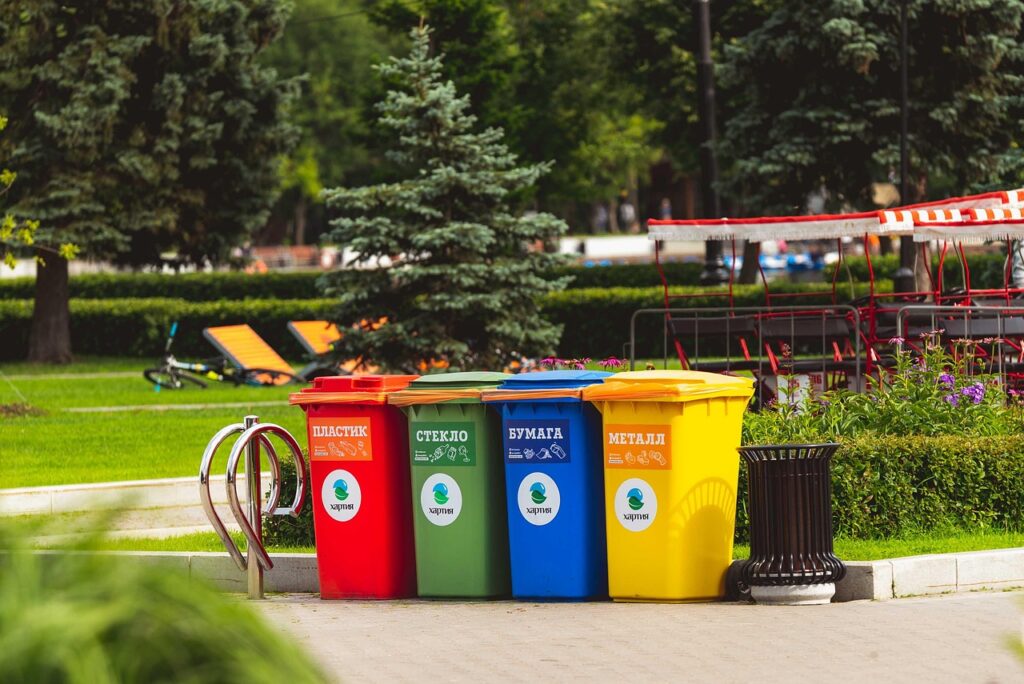Some of us want to live more sustainably… as long as it doesn’t require building a compost toilet or knitting our own clothes out of bamboo. If the idea of zero-waste living conjures images of making your own almond milk while wearing linen pants and sipping rainwater tea, fear not. This guide is for the eco-curious among us who might recycle when it’s convenient, who occasionally bring their own bags, and who believe change should be achievable in sweatpants.
First, What Is Low-Waste Living?
In short, low-waste living is the practice of reducing the amount of trash you produce—particularly the kind that ends up in landfills or oceans. It’s about making choices that limit single-use plastics, food waste, and other items with short lifespans and long afterlives.
But here’s the thing: it doesn’t have to be all or nothing. You don’t need to fit a year’s worth of trash in a mason jar (shoutout to the zero-waste overachievers out there). Instead, you can do something—and that’s way better than doing nothing.
1. Embrace the Lazy Holy Grail: Do Nothing
Let’s start strong: one of the easiest ways to reduce waste is to simply not buy stuff. Not clicking “Add to Cart” is perhaps the most eco-friendly action you can take while horizontal.
- Skip that fast fashion flash sale.
- Don’t buy another novelty mug (you already have 14).
- Resist the urge to try every trending Amazon gadget.
Less stuff = less waste. And you didn’t even have to move.
2. Reuse Like a Procrastinator
You know those plastic containers you get with takeout? Don’t throw them out. They’re now your Tupperware. That spaghetti sauce jar? Boom—drinking glass. Or weirdly stylish flower vase. You’ve been reusing without realizing it.
Other easy wins:
- Old t-shirts = rags (bye paper towels!).
- Grocery bags = trash can liners.
- Amazon boxes = storage bins, cat forts, or oddly shaped wrapping paper.
Lazy level: maximum. Environmental impact: surprisingly solid.
3. BYOB (Bring Your Own Bag…Eventually)
We all forget our reusable bags. But here’s the lazy workaround: just leave a few in your car, your purse, or by your front door. Think of it like keeping snacks in various rooms. Repetition equals success.
And if you do forget? Politely decline a bag when you can carry the items by hand. Sure, you might look like a juggling octopus, but you’ll be saving a plastic bag and earning eco karma.
4. Say No to Single-Use… Kind Of
You don’t need a full zero-waste toolkit to make better choices. You just need to say “no thanks” every once in a while.
- Straws: Skip ‘em unless you need one. Or get a collapsible metal one like this that fits on your keychain.
- Utensils: Say no to the plastic fork that comes with your DoorDash. Use your own—yes, even if you only wash dishes once a week.
- Napkins: You have a shirt sleeve, don’t you?
These little rejections take almost no effort and cut down waste significantly.
5. Low-Effort Swaps That Are Almost Foolproof
If you’re going to buy things anyway, why not switch to versions that are easier on the planet? The trick is to find options that feel like normal life.
- Reusable water bottle: Fill it once, feel smug all day.
- Shampoo bars: No plastic bottle, same lather. Lush makes good ones.
- Silicone baking mats: So you never buy parchment paper again.
- Rechargeable batteries: Buy once, charge forever.
- Bidet attachment: Sounds weird, saves toilet paper. Seriously life-changing. (Search for “Tushy” and thank us later.)
None of these require a lifestyle overhaul. Just set-it-and-forget-it swaps.
6. The Lazy Kitchen: Meal Planning-ish
Food waste is a huge contributor to climate change, and lazy people are particularly vulnerable to fridge rot. (You know who you are. You had big plans for that kale.)
Try these low-effort strategies:
- Don’t overbuy produce: Start with two veggies you actually eat.
- Embrace leftovers: Rebrand them as “meal prep” to feel better.
- Freeze everything: Herbs, bread, that one banana. The freezer is your ally.
Bonus: You save money and reduce methane-producing landfill waste. Double win.
7. Automate It—Like a Genius
Automation is a lazy person’s best friend. Why not make your low-waste habits automatic?
- Subscribe & save to eco-friendly products in bulk (like toilet paper from Who Gives a Crap).
- Set a calendar reminder to take out your recycling. Or better—ask your smart speaker to remind you.
- Unsubscribe from marketing emails that tempt you to buy stuff you don’t need.
If it happens without thinking, it’s basically effortless. And honestly, we love that for us.
8. Trash Audit (aka, What’s In Your Bin?)
Want to know where your waste is coming from without turning into a spreadsheet nerd? Just look in your trash once a week. Not too closely—we’re not monsters.
Ask:
- Is there a lot of packaging?
- Are you tossing uneaten food?
- Could any of this have been reused, recycled, or avoided?
It’s not about guilt—it’s about low-key awareness. And maybe fewer impulse snack wrappers.
9. Give Up Perfection
Here’s the thing: you’re going to mess up. You’ll forget your cup, you’ll buy something with too much packaging, you’ll throw out a banana that liquefied in the bottom of your bag. That’s fine.
Low-waste living isn’t about perfection—it’s about progress. You don’t have to be zero-waste. You just have to be less wasteful than yesterday.
As the saying goes: “We don’t need a few people doing zero waste perfectly. We need millions doing it imperfectly.”
You don’t need to uproot your entire lifestyle to make a difference. The planet isn’t asking you to build a solar panel from scratch. But it is asking you to care—even a little.
So take the easy wins. Reuse the takeout container. Decline the straw. Don’t buy stuff you don’t need. The beauty of low-waste living for lazy people is that it’s sneakily effective—and sneakily easy.


